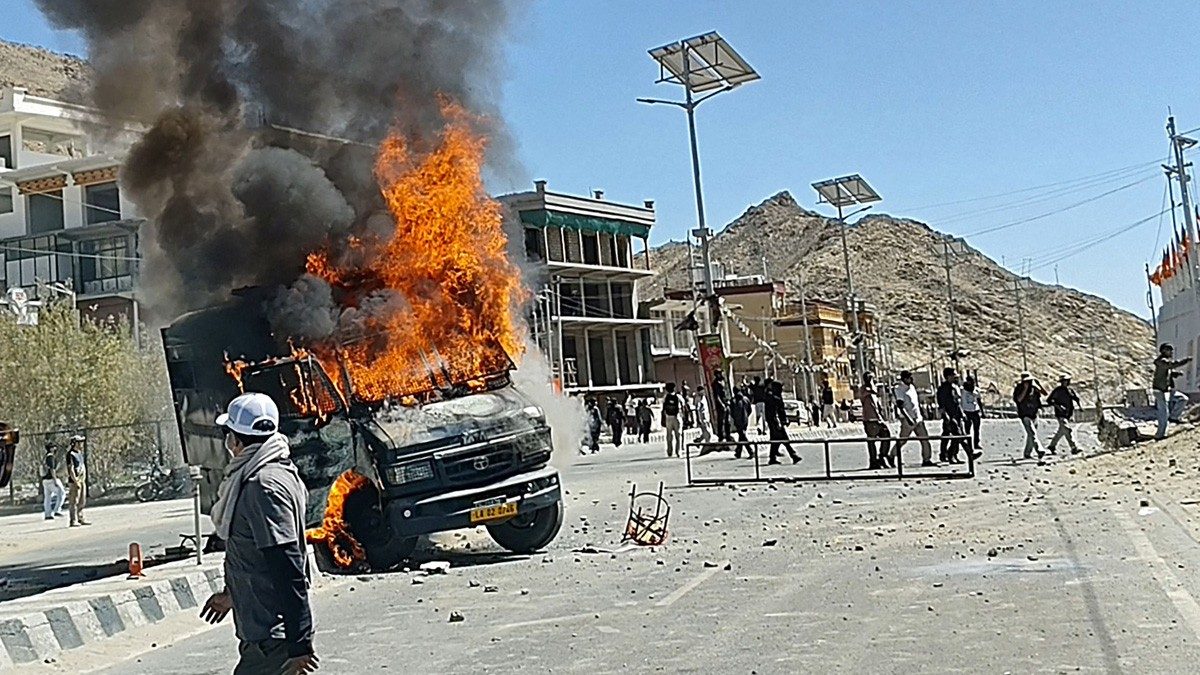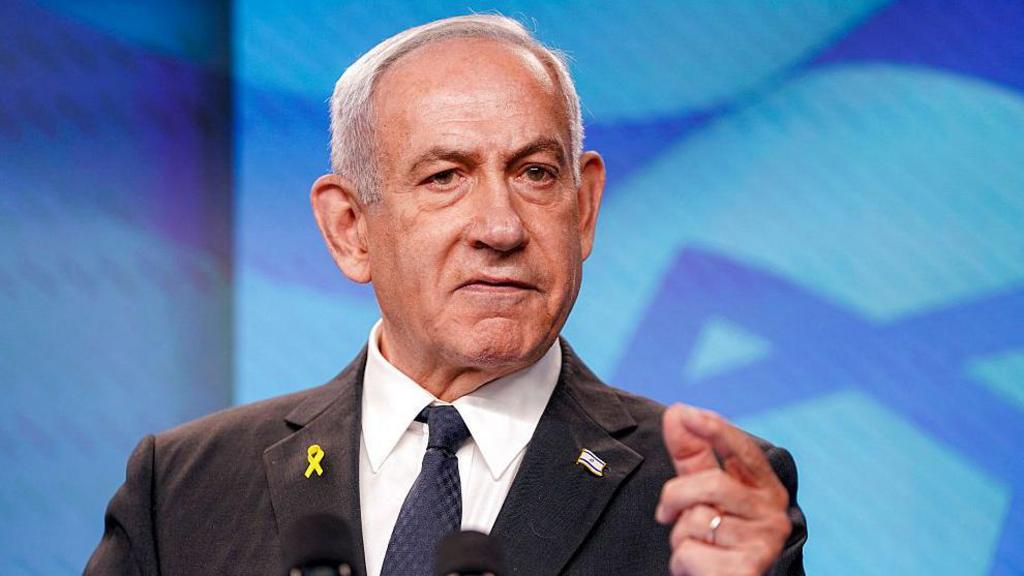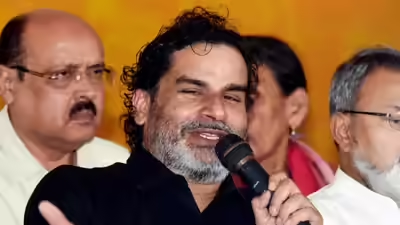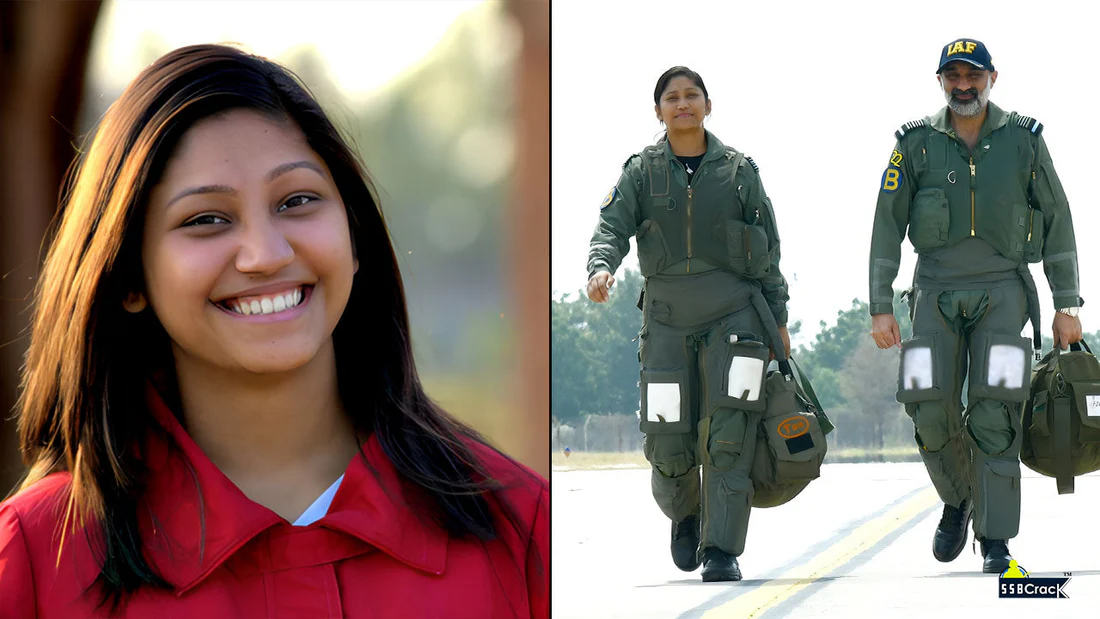Now Reading: Ladakh Protests Escalate: Statehood Demand, Sixth Schedule and Political Tensions Unfold
-
01
Ladakh Protests Escalate: Statehood Demand, Sixth Schedule and Political Tensions Unfold
Ladakh Protests Escalate: Statehood Demand, Sixth Schedule and Political Tensions Unfold

In Leh, the demand for statehood and inclusion under the Sixth Schedule has erupted into violence, leaving four dead and dozens injured. The protests expose deep frustration over local governance, identity and development. What started as a long-standing regional demand has spiraled into a political flashpoint—one that pits local aspirations against national priorities, and forces a reckoning over how India manages its frontier regions.
Roots of the Agitation
Local groups—including the Leh Apex Body and Kargil Democratic Alliance—have, for years, pressed for constitutional safeguards, better representation and administrative powers. The call for Sixth Schedule status is tied to demands for stronger protections of land rights, autonomy, and cultural identity in a Himalayan frontier.
The statehood demand stems from perceptions of neglect. Residents argue that as a Union Territory, Ladakh lacks control over crucial areas like resources, jobs and public services. They feel the region’s voice is marginalized in Delhi’s decision making.
From Peaceful Protest to Violence
The protest intensified after activists launched a hunger strike. On the day violence broke out, police and paramilitary forces clashed with protesters. Statues and offices were vandalised; stones were thrown; and property was set ablaze.
The Home Ministry responded sharply, alleging political motivations behind the unrest. It accused certain individuals of instigating violence and warned against projecting this as a youth-led movement. The state said order was restored by evening, even as curfews were imposed and forces deployed.
Gen Z, Political Blame or Genuine Anger?
One of the more contested narratives is whether this unrest was led by the younger generation for genuine grievances, or manipulated by political actors. Some local officials and opposition voices say Gen Z youth, long frustrated by lack of opportunities, took center stage. Others, including government statements, claim that traditional party structures and political influencers fueled the turmoil.
What complicates things is that youth protests are harder to trace to one group. The truth may lie somewhere in the middle—a mix of anger from younger residents and maneuvering by established actors.
Implications for Governance and Policy
For Delhi, the events in Leh present a challenge. Granting Sixth Schedule status may offer constitutional cover, but it would also set a precedent for other regions seeking similar status. Statehood too is a complex proposal—it carries administrative, financial and security consequences.
For Ladakh’s residents, today’s protests could push the centre to take demands more seriously. But demands will need political will, negotiation and carefully balanced legal frameworks.
Conclusion:
The Leh protests, in all their tragedy and turmoil, reflect deeper fault lines—over identity, development, and representation. Whether Delhi responds with empathy or a heavy hand will shape whether the region’s anger finds solutions or festers into further unrest. In a sensitive border region like Ladakh, the stakes aren’t just local—they echo national unity and constitutional integrity.

























